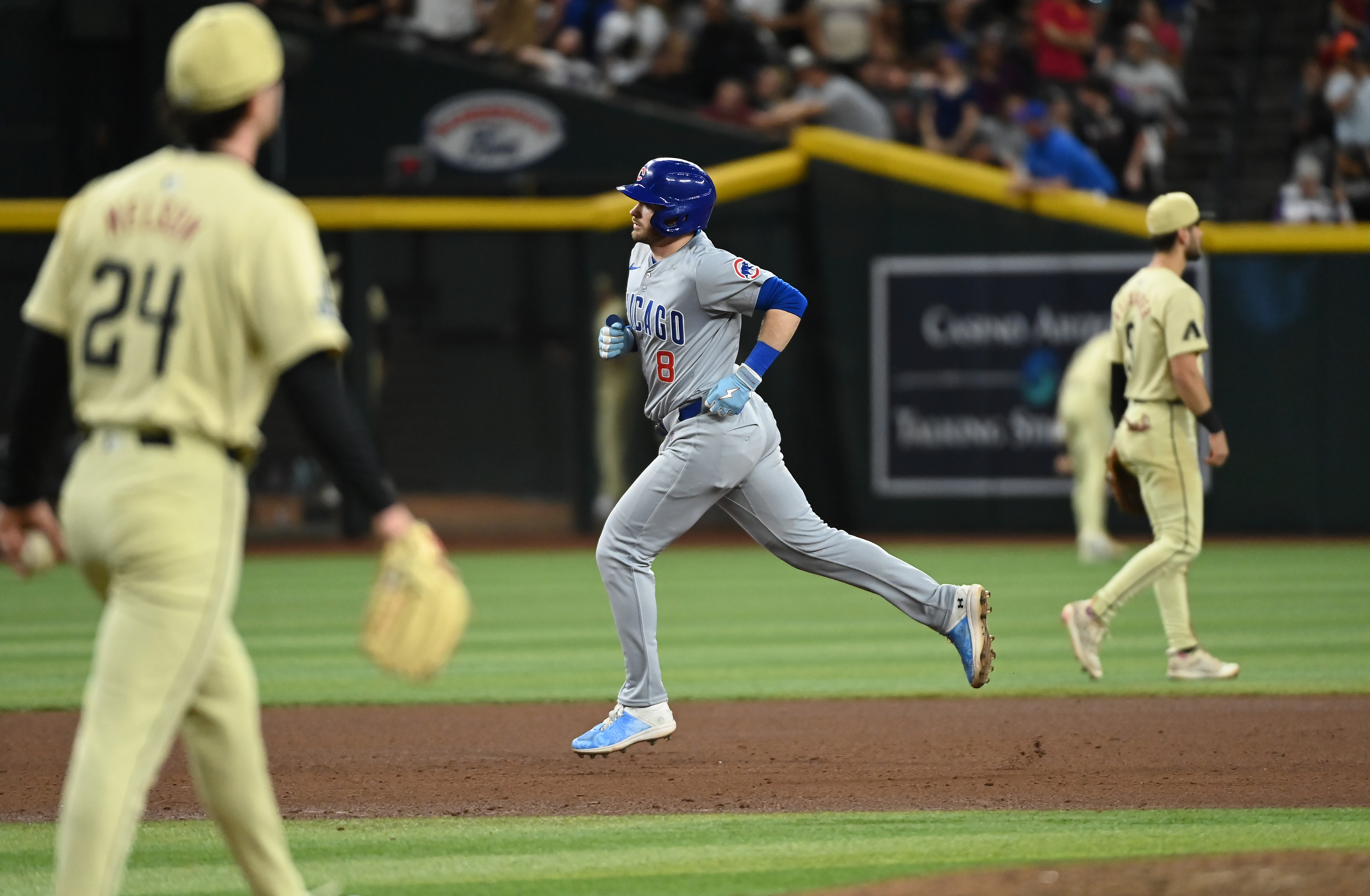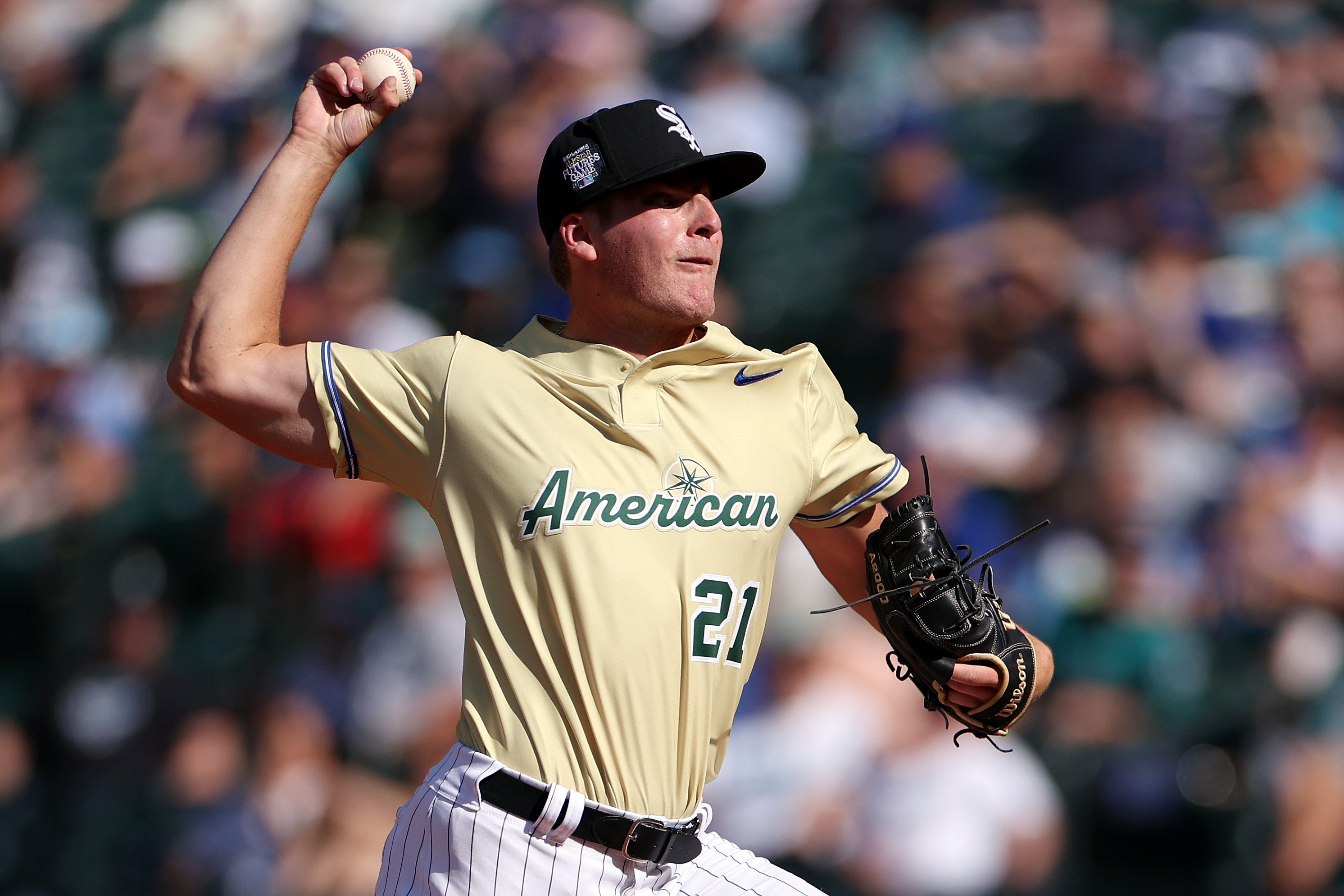
The Cubs have completed 19 games thus far; a decent chunk of the season...and Bryan LaHair has 57.1 percent of the team's home runs.
LaHair, 29, has all of a half of a season's worth of a game under his Major League belt. The feeling around Wrigleyville is that he's just a placeholder until highly-touted prospect Anthony Rizzo is ready to take the next step. Rizzo's tearing up the minors; with 7 HR and 21 RBI in 20 games at Iowa.
LaHair knows Iowa. Curiously, the Iowa Cubs play in the Pacific Coast League; and LaHair took home 2011 PCL MVP honors with a stunning season of 38 HR, 109 RBI and a .331 BA. But he's 29.
Is it inconceivable for a late bloomer to burst onto the scene and have a productive career?
Ask Hank Sauer.
The man referred to as "The Mayor of Wrigley Field" was a fan favorite at the Friendly Confines for several years, and it took him a long time to get there.
Born in the Pittsburgh area in 1917, he finished high school in 1935 and went to work to help support his family, playing baseball on the weekends. Discovered on a sandlot by a Yankees scout, he spent 1937-38 at Butler of the Penn State Association. He also figured he was a bit old for his level, so he listed himself as two years younger than he really was...and played his entire career with this secret until after his retirement.
MLB
He was drafted by the Reds organization prior to the 1939 season, which he spent at Akron, then moved on to Birmingham for the next two seasons, earning a cup of coffee with the big-league team in Cincinnati in both 1941 and 1942. 1943 was spent entirely in Syracuse; Reds skipper Bill McKechnie doubting his defensive ability.
Next came World War II; 1944 and most of 1945 were spent serving in the Coast Guard. He finished September 1945 with the Reds and looked for a starting spot the next season, but was overlooked, and back to Syracuse he went for 1946 and 1947 as well.
After posting solid numbers in the minors from year-to-year, usually in the teens in home run output before hitting 21 in 1946, it was 1947 when Sauer broke out. Syracuse Chiefs manager Jewel Ens recommended a heavier bat, and the results turned heads. Sauer hit .336 with 50 homers and 141 RBI, earning him recognition as The Sporting News Minor League player of the year.
Sauer arrived in the Majors for good as a 31-year-old in 1948. He paced the Reds with 35 homers, finishing with more than any two teammates combined. A slow start in 1949, hitting .237 with only 4 homers through 41 games raised doubts, and the Reds decided to pull the trigger, dispatching the 6-foot-4 slugger to the Cubs with Frank Baumholtz in exchange for Peanuts Lowrey and Harry Walker. Lowrey and Walker gave the Reds a combined 4 HR in 266 games after the trade, while Sauer got back to business at Wrigley Field, cranking out 27 longballs in 96 games in 1949 alone.
It didn't stop. For an encore in 1950, Sauer slugged 32 homers, followed by 30 more in 1951. The Wrigley faithful showered left field with pouches of tobacco to show their appreciation.
In 1952, at age 35, he kicked it up a notch, leading the Majors with 121 runs knocked in and tying for the Major League lead (with Ralph Kiner) with 37 HR. The Cubs were a fifth place team at 77-77, but voters couldn't help but make Sauer the first player from a second division team (bottom half of the standings in the 8-team NL) to win MVP.
A succession of broken fingers and finally a broken hand limited Sauer to 108 games and 19 bombs in 1953, but once again he rebounded in a major way with a career-high 41 home runs in '54.
After a trade to the Cardinals and subsequent release, Sauer's last hurrah came in 1957, when the 40-year old slugger won the Comeback Player of the Year award with 26 homers and a .508 slugging percentage. He played his last game in 1959 before enjoying a long career as a scout.
In all, he hit 281 of his 288 career homers (97.6 percent) past the age of 30. At the time of his retirement, only Babe Ruth (430) had hit more homers beyond that age.
The story of Hank Sauer is encouraging to those of us who got a late start at something they love. It makes me think of getting back in the classroom at age 28...doing hard work for free at various internships just to get my name out there.
I didn't get my first job in the media until age 29, and nearly three years later, I'm still working as hard as I can, still feeling the thrill just to have the platform I do. It would be nice if the Cubs can provide the same opportunity to LaHair.
Sources:
Hank Sauer - (SABR BioProject) - by Jim Sargent
baseball-reference.com
We Played the Game - edited by Danny Peary
The New Bill James Historical Baseball Abstract


